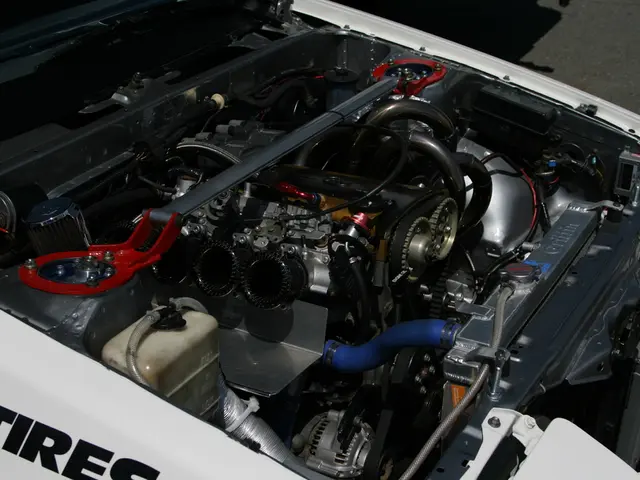KAIST's Breakthrough Extends Lifespan of Eco-Friendly SOFCs
KAIST researchers, led by Professors WooChul Jung and Jeong Woo Han, have made a significant breakthrough in solid oxide fuel cells (SOFCs). Their innovative method, published as the cover story in Energy and Environmental Science's first issue of 2018, enhances the lifespan of these eco-friendly energy sources with minimal metal use.
SOFCs, which convert fuels like biomass and LNG to electricity, rely heavily on their cathode performance. Conventionally, perovskite oxides (ABO3) are used, but over time, strontium oxide (SrOx) segregation degrades their efficiency.
Professor Jung's team discovered that local compressive states around strontium atoms in perovskite electrode lattices weaken the Sr-O bond, leading to strontium segregation. To counter this, they employed a simple yet effective solution: doping different sizes of metals in oxides. This technique controls lattice strain and inhibits strontium segregation, improving chemical stability.
The research team tested this method using metals like nickel and cobalt. By adding a small amount of metal atoms during material synthesis, they successfully enhanced the chemical stability of electrode materials, extending SOFC lifespan with minimal metal use.
The KAIST team's innovative approach, published in Energy and Environmental Science, holds great promise for improving the longevity and efficiency of solid oxide fuel cells. Their technique, which involves minimal metal use, could significantly contribute to the widespread adoption of these eco-friendly and renewable energy sources.
Read also:
- Chile's $10B Green Energy Project Threatens World-Class Observatory
- Exploring Harry Potter's Lineage: Decoding the Enigma of His Half-Blood Ancestry
- Elon Musk Acquires 26,400 Megawatt Gas Turbines for Powering His AI Project, Overlooks Necessary Permits for Operation!
- Ontario terminates $100M Starlink agreement due to U.S. import taxes








